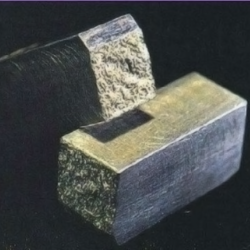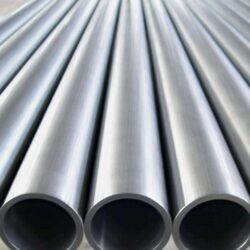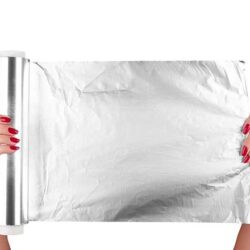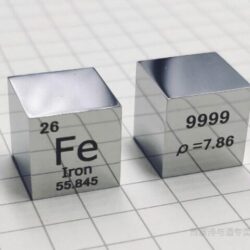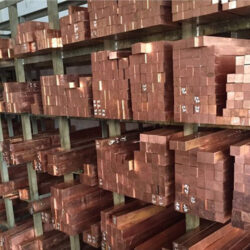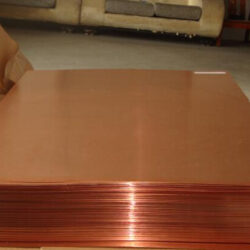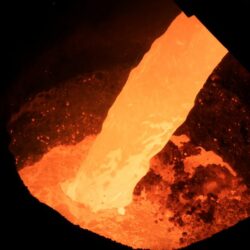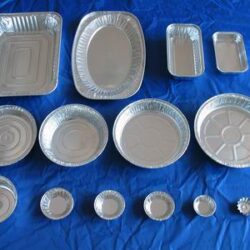
Is an aluminium foil container good for use?
Aluminum foil has many characteristics and advantages, including: safety and health, high and low temperature resistance, green environmental protection, renewable energy saving, good sealing, high-grade beauty, convenient and fast.
Read more
Full Automatic Aluminum Foil Rewinding Machine
The DB-500A Full automatic aluminium foil rewinding machine is use for rewinding the jumbo roll of aluminium foil into small roll.
Read moreAluminum foil hair beauty salon
Specifications of aluminum foil hair beauty salon Size Roll/box Volume(m3) 7mx9.5cmx20mic 36rolls 0.026 48mx9.5cmx15mic 12rolls 0.032 50mx12cmx15mic 12rolls 0.032 60mx12cmx16mic 12rolls 0.045 100mx11cmx18mic 6rolls 0.057 Types of…
Read more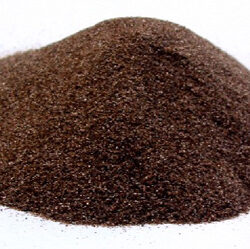
what is Aluminum Oxide
Aluminum oxide is a common, naturally occurring compound that’s employed in various industries, most particularly in the production of aluminum. The compound is used in production of industrial ceramics. Its most common crystalline form, corundum, has several gem-quality variants, as well.
Read more8000 series aluminium alloy sheet
The 8000 series aluminium alloy sheet includes alloys of 8011, 8021, 8079, 8090 and 8093. The most popular is 8011 aluminium alloy sheet. The main alloy metal…
Read more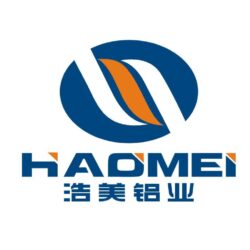
Aluminum Alloy Manufacturers and Suppliers-Haomei Aluminum
Haomei Aluminum is a large modern aluminum processing enterprise that integrates processing, manufacturing, and scientific research of aluminum coil/discs, aluminum sheet, aluminum circle, aluminum plate, aluminum strip, aluminum slug, aluminum foil etc
Read more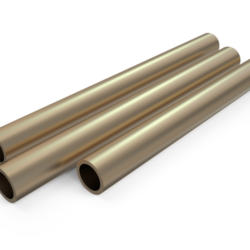
What are the applications of Aluminum Bronze ?
Aluminum bronze is a type of copper alloy in which aluminum is the primary alloying element added to the copper. This stands in contrast to standard bronze or brass, in which the alloying elements are tin and zinc, respectively. Aluminum enhances copper by imparting oxidation resistance in the form of a thin, tightly adherent aluminum oxide film. Other metals such as manganese, nickel, silicon, and iron can be added to aluminum bronze to further enhance strength or anti-corrosive properties.
Read more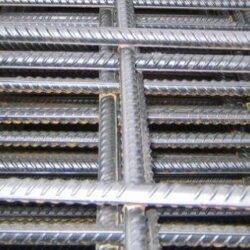
What are the properties of steel?
The physical properties of steel include: high strength, low weight, durability, ductility and corrosive resistance. Steel offers great strength, even though it is light in weight. In fact, the ratio of strength to weight for steel is lower than any other building material.
Read more